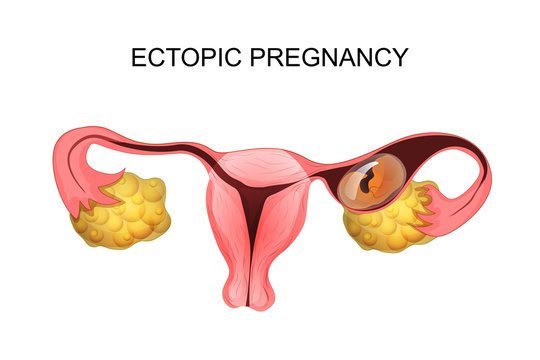
Surgical Management of Ectopic Pregnancy
-
Symptoms
Vaginal bleeding.
Pain in your lower abdomen, pelvis and lower back.
Dizziness or weakness.
If the fallopian tube ruptures, large amount of blood can collect in abdomen. It can cause:
Fainting.
Low blood pressure (hypotension).
Shoulder pain.
Rectal pressure.
-
How serious is an ectopic pregnancy?
An ectopic pregnancy is a medical emergency. The uterus is a muscular organ, suited to hold a growing fetus. It can stretch and expand as the fetus grows. Your fallopian tubes aren’t flexible. They can burst as the embryo grows, usually within a few weeks. It can lead to large amount of internal bleeding. This is life threatening.
An ectopic pregnancy needs to be treated right away to avoid injury to the fallopian tube, other organs in the abdominal cavity, internal bleeding and death.
-
Surgery
Laparoscopy is performed under general anaesthesia. A laparoscope is passed through your belly button, your pelvis is inspected and ectopic pregnancy is identified and removed. You will have a small 1 cm long incision above your belly button and other 2-3 small incisions on your stomach.
Salpingectomy – the affected tube is removed
Salpingotomy – If the damage is minimal, then the ectopic can be removed from the tube by making a small cut leaving the tube intact. There is a small risk that some of the pregnancy may remain in the tube or there may be recurrent ectopic at same site.
Laparotomy — It is done if massive internal bleeding is suspected or when key-hole surgery has failed.
If there is severe bleeding before or during operation, you may require blood transfusion.
